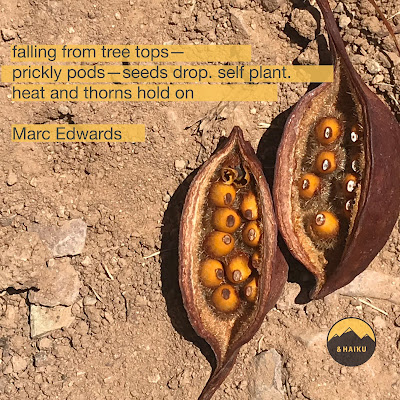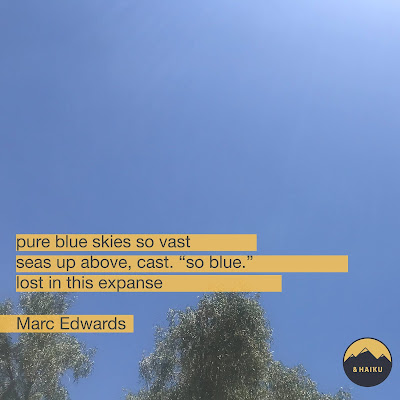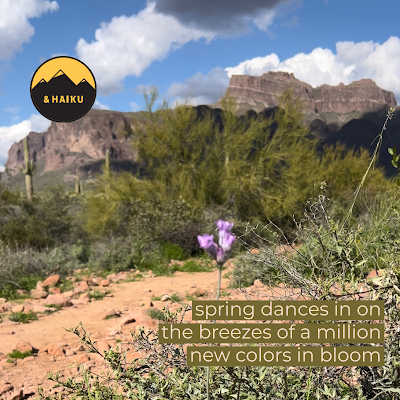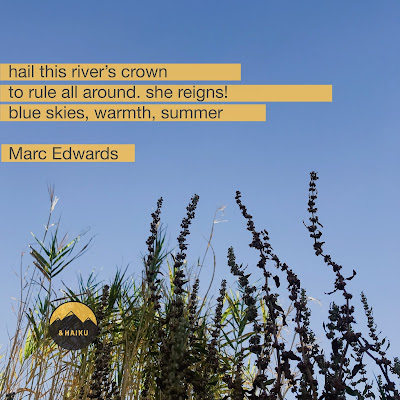Haibun: Haiku Essence
I paused this week over a question in my & Haiku inbox: “How many syllable in the verses of haiku?” This was the first message I ever got from this follower. (Thank you for the question.)
My initial reply was “It depends. We were always taught 5-7-5. Five for the first line, seven for the next and then five, but that is based on a rhythm natural to Japanese. So, 2-6 lines with not a lot of syllables is fine for free verse haiku. No rules, except that which gives one voice.”
As you can tell, I tried to answer it, but I was leaning into a much bigger question about what this poetic form lends itself to: Is haiku, at its essence, really about its length or syllable count?
I sat with this question for the last few days. Here’s what I find to be true about haiku:
If we want to write this storied form, first we should recall a collective global experience: all across this planet, when the seeds fall from a ripen summer, things eventually grow. So it is with our reflections falling into our mind’s view. If we, like the ground, are able to hold these seeds in our mind, we can write haiku. It isn’t the syllables, it is the act of observing ourself reflecting what we see physically, yet emotionally, that is at the center of it all. Haiku is the writing of a witness to the physical world we encounter and the emotional world inside of each one of us. And because of the smallness of lines and syllables, Haiku only asks for the truest essence of that reflection.
Now let us each go off to find where our last reflection just fell.
falling from tree tops—
prickly pods—seeds drop. self plant.
heat and thorns hold on
My initial reply was “It depends. We were always taught 5-7-5. Five for the first line, seven for the next and then five, but that is based on a rhythm natural to Japanese. So, 2-6 lines with not a lot of syllables is fine for free verse haiku. No rules, except that which gives one voice.”
As you can tell, I tried to answer it, but I was leaning into a much bigger question about what this poetic form lends itself to: Is haiku, at its essence, really about its length or syllable count?
I sat with this question for the last few days. Here’s what I find to be true about haiku:
If we want to write this storied form, first we should recall a collective global experience: all across this planet, when the seeds fall from a ripen summer, things eventually grow. So it is with our reflections falling into our mind’s view. If we, like the ground, are able to hold these seeds in our mind, we can write haiku. It isn’t the syllables, it is the act of observing ourself reflecting what we see physically, yet emotionally, that is at the center of it all. Haiku is the writing of a witness to the physical world we encounter and the emotional world inside of each one of us. And because of the smallness of lines and syllables, Haiku only asks for the truest essence of that reflection.
Now let us each go off to find where our last reflection just fell.
falling from tree tops—
prickly pods—seeds drop. self plant.
heat and thorns hold on
 |
| & Haiku: Seed Drop |








